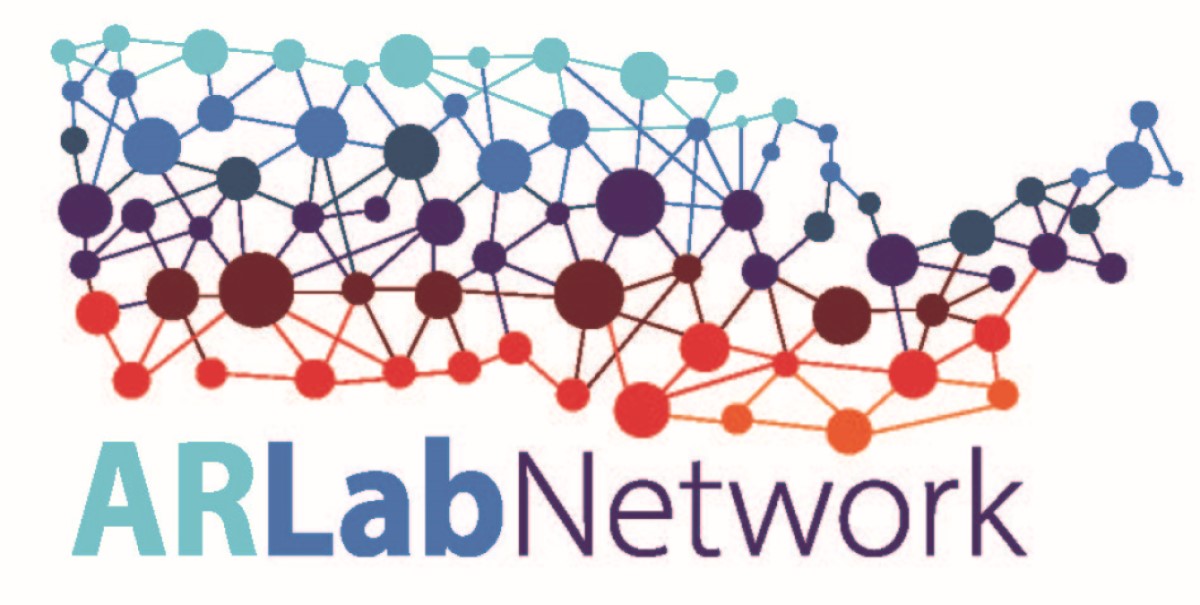Key points
- CDC's Antimicrobial Resistance Laboratory Network (AR Lab Network) includes seven high-capacity testing and reference testing regional labs, the National Tuberculosis Molecular Surveillance Center, and labs in 50 states, five cities and two United States (U.S.) territories.
- The AR Lab Network supports lab testing in healthcare, community and environmental settings.

Purpose
CDC's AR Lab Network is an effort between U.S. healthcare facility labs and public health department labs, regional labs and the National Tuberculosis Molecular Surveillance Center (National TB Center) and CDC.
The AR Lab Network works with laboratories nationwide to identify, track and respond to emerging and enduring antimicrobial-resistant threats including, but not limited to:
- Carbapenem-resistant Enterobacterales (CRE)
- MBL-producing Enterobacterales
- Carbapenem-resistant Pseudomonas aeruginosa (P. aeruginosa)
- Carbapenem-resistant Acinetobacter baumannii (A. baumannii)
- Azole-resistant Aspergillus fumigatus (A. fumigatus)
- Antifungal-resistant Candida, including Candida auris (C. auris)
- Drug-resistant Neisseria gonorrhoeae (N. gonorrhoeae or gonorrhea)
- Drug-resistant Mycobacterium tuberculosis (M. tuberculosis or Tuberculosis (TB))
- Drug-resistant Streptococcus pneumoniae (S. pneumoniae)
- Clostridioides difficile (C. diff or C. difficile)
Impact
The AR Lab Network is the first network in the nation providing comprehensive antimicrobial resistance testing of healthcare-associated infections (HAIs) and community-associated infections, fungal diseases, sexually transmitted diseases and drug-resistant Mycobacterium tuberculosis.
Collaboration from the local to national levels results in more rapid response for detecting antimicrobial resistance (AR). The network closes the gap between local capabilities and the data needed to combat AR by providing:
- Comprehensive lab capacity and infrastructure for antimicrobial-resistant pathogens (disease causing organisms) detection found in health care, the community and the environment.
- Cutting-edge technology, like next-generation DNA sequencing.
- Quality data to drive response efforts to prevent AR infections and transmissions.
How labs work together
U.S. healthcare and clinical labs should work with their local or state public health department to submit isolates or specimens for testing. The public health lab should work with their regional lab. Labs will also work with CDC.

| Lab type | Roles and how they work with the AR Lab Network |
|---|---|
| Healthcare Facility and Clinical Labs |
When a clinical lab suspects an organism of concern for antimicrobial resistance, they send the isolate to their public health lab. Submitting isolates provides opportunity for supplemental characterization, public health awareness of the AR threat (including public health support if local assistance is needed), and surveillance. |
| Public Health Department Labs |
|
| The AR Lab Network Regional Labs and National TB Center |
All seven regional labs perform core testing. Select regional labs provide additional testing to support nationwide needs, including receiving pathogens from other CDC funded activities like Neisseria gonorrhoeae isolates from the Gonococcal Isolate Surveillance Project (GISP) and Strengthening the United States Response to Resistant Gonorrhea (SURRG) program. The National TB Center is equipped to perform whole genome sequencing for M. tuberculosis isolates identified in the U.S. |
| CDC |
|
AR Lab Network Stories
How it's funded
CDC's Antimicrobial Resistance Solutions Initiative (AR Solutions Initiative) invests in national infrastructure, including the AR Lab Network, to detect, respond, contain, and prevent resistant infections across healthcare settings, communities, the food supply and the environment (water, soil).
Funding recipients

Funding through CDC's AR Solutions Initiative supports all 50 state health departments, several local health departments and two U.S. territories. CDC also collaborates with other federal agencies, state and local health departments, patients, public health partners and the private sector to address this threat.
Resources
Video
Your Partner for Pathogen Detection YouTube Video - 1:39
Closing the Gap YouTube Video - 2:35
Expanding Your Lab Capabilities YouTube Video 1:47
Improve Testing Locally YouTube Video 2:21
Web
- Antibiotic Resistance & Patient Safety Portal: Explore and visualize data on antimicrobial resistance in healthcare-associated infections.
- Association of Public Health Laboratories: Member Labs: Contact your local or state public health lab
- AR Lab Network testing fact sheets
- Find more information on specific topics related to antimicrobial resistance on other CDC websites:
